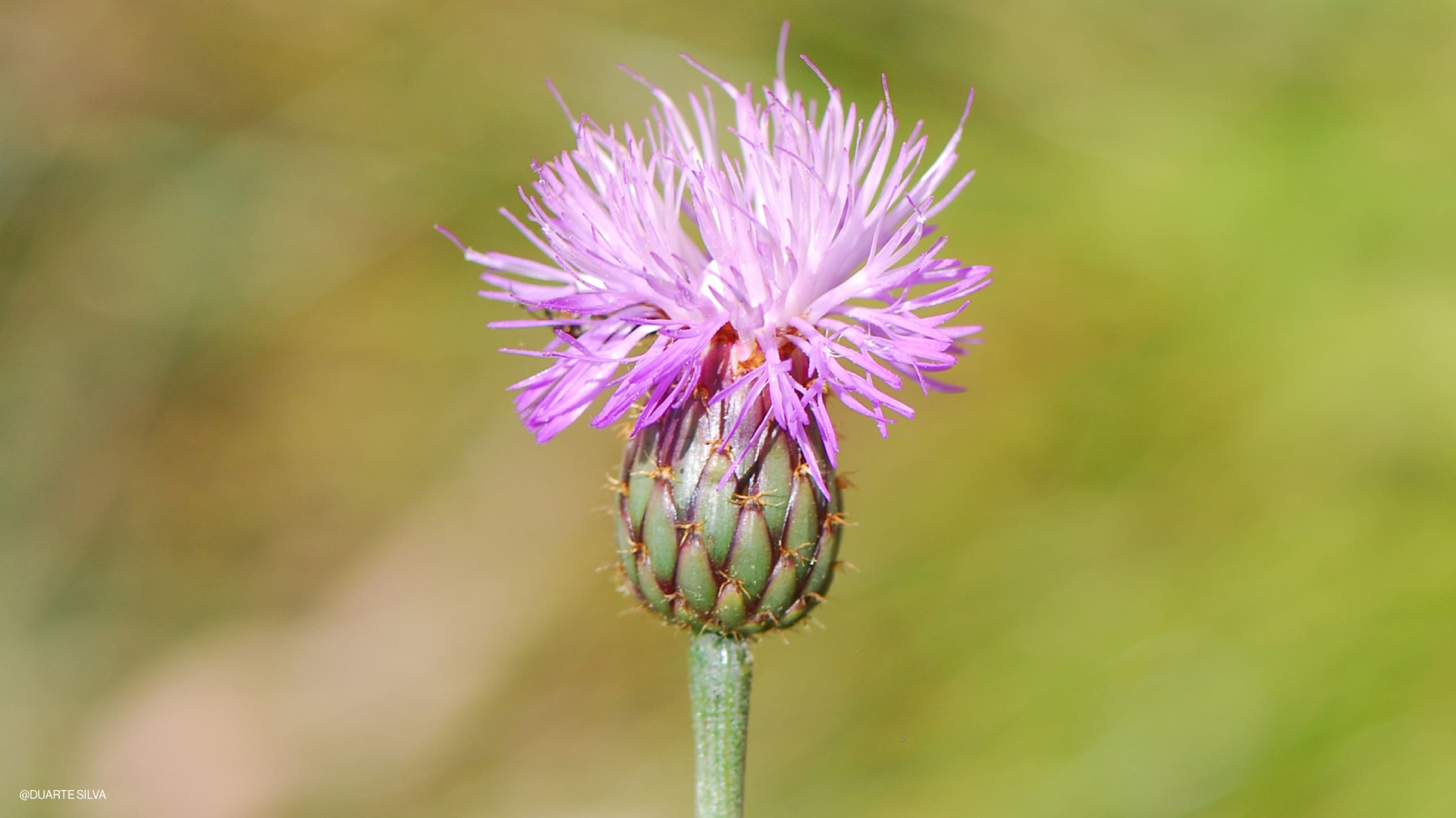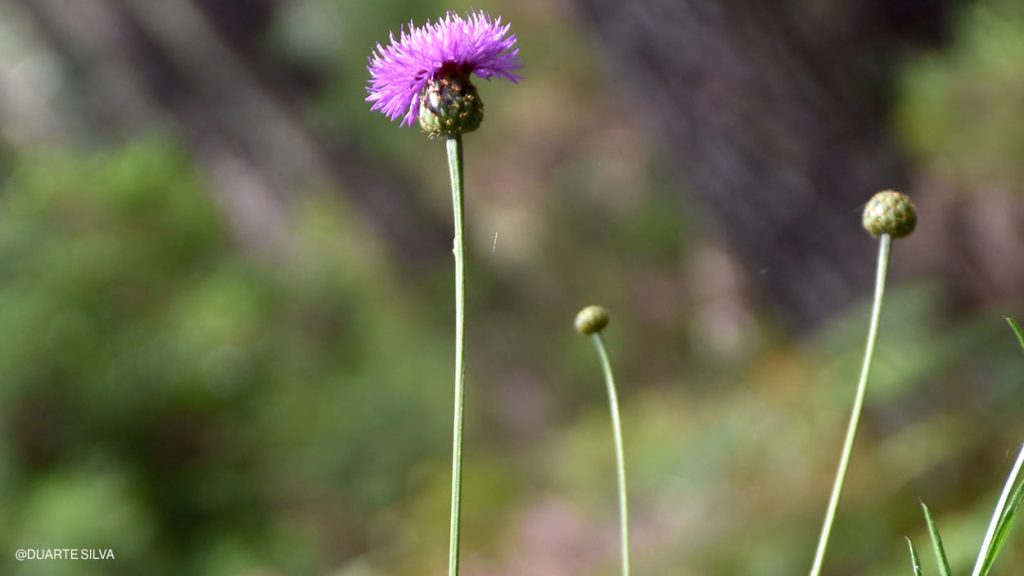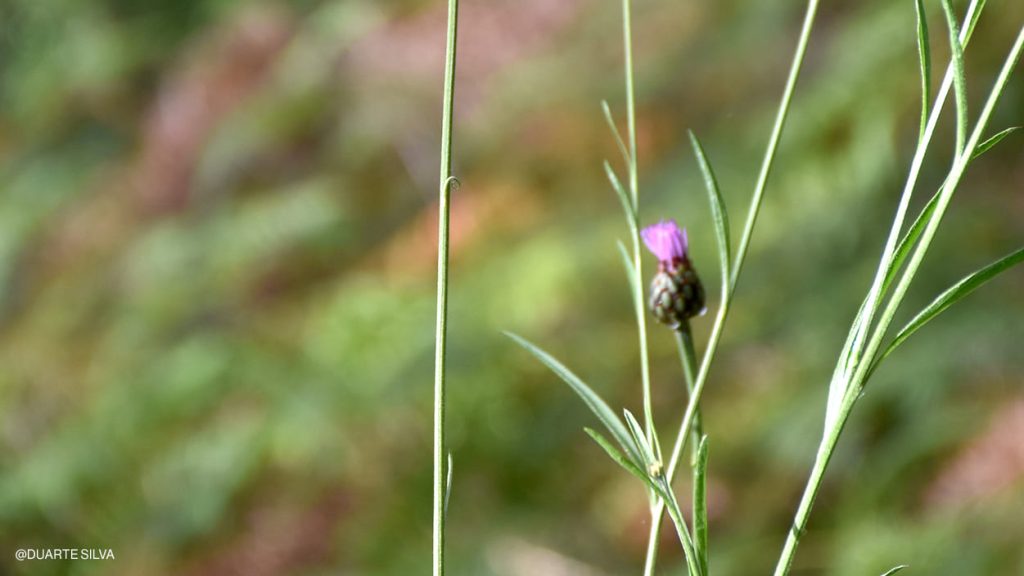Classified as “near threatened” in Portugal, Cheirolophus uliginosus is a unique species from the Iberian Peninsula and can be found close to coastal areas.
It is rare to have the opportunity to observe Cheirolophus uliginosus, an uncommon herbaceous plant with no common name, which is unique (endemic) in the Iberian Peninsula and which is classified as “Near Threatened” on the Red List of Vascular Flora of Portugal.
Although infrequent, when we are dealing with an adult specimen of Cheirolophus uliginosus , it may not go unnoticed, because it can be taller than a human being: its stem can rise to two and a half meters. Another of the most distinctive elements of this plant is its distinctive pink flower. This vibrant colour stands out between April and August, when flowering plants have been observed in Portugal.
In Spain, where it is an even rarer species, Cheirolophus uliginosus is classified in the Libro Rojo de la Flora Vascular Española (the Red Book on Spanish Vascular Flora) as “critically endangered”. Even so, some nuclei of the species can be observed in the south-west of the country, namely, in the province of Huelva.
In mainland Portugal, where a slightly higher number of populations is known, Cheirolophus uliginosus is dispersed in almost all regions of the coast, mainly along the riverbanks, around the edges of woods, or wet meadows. Also in 2021, a small nucleus of this plant, hitherto unknown, was found in Parque das Serras do Porto. With this discovery, five nuclei have now been identified in the Coastal Douro region (Vila do Conde, Matosinhos and Vila Nova de Gaia were the areas where they were already known).
Among the main threats to the preservation of the species is the deterioration of its habitat, due to the increase in human activities, such as the construction that goes on along the coast. The intensive use of land for other purposes (leisure and agriculture) and water pollution are also factors that have contributed to the destruction of the environments where they live.





